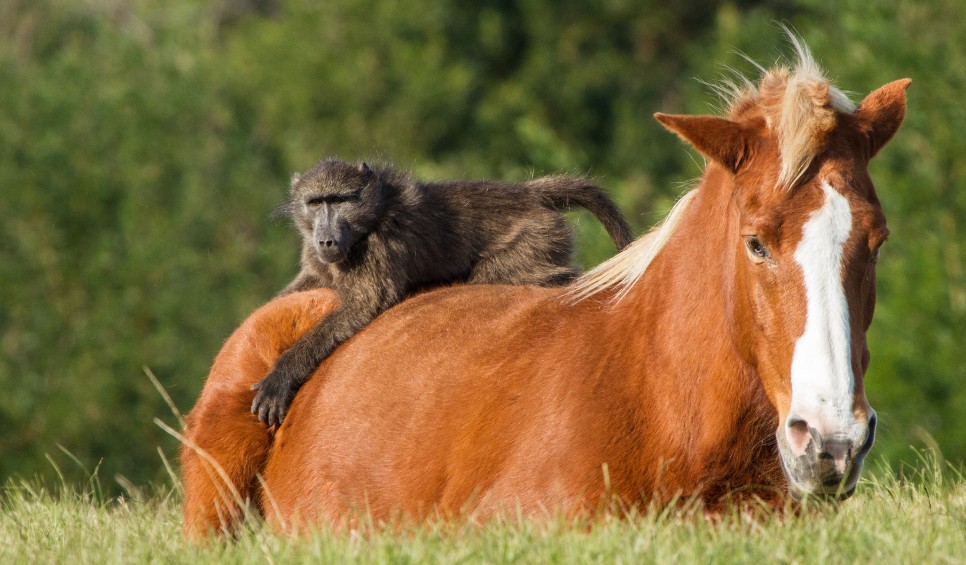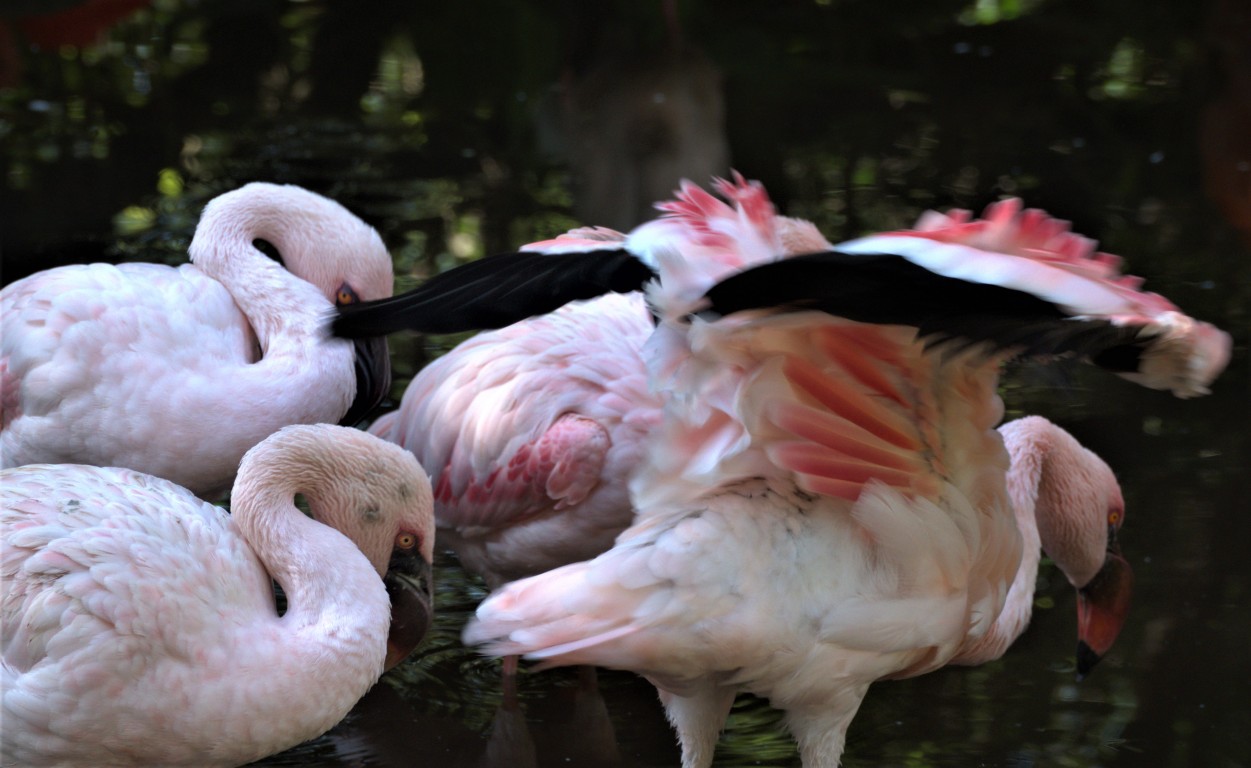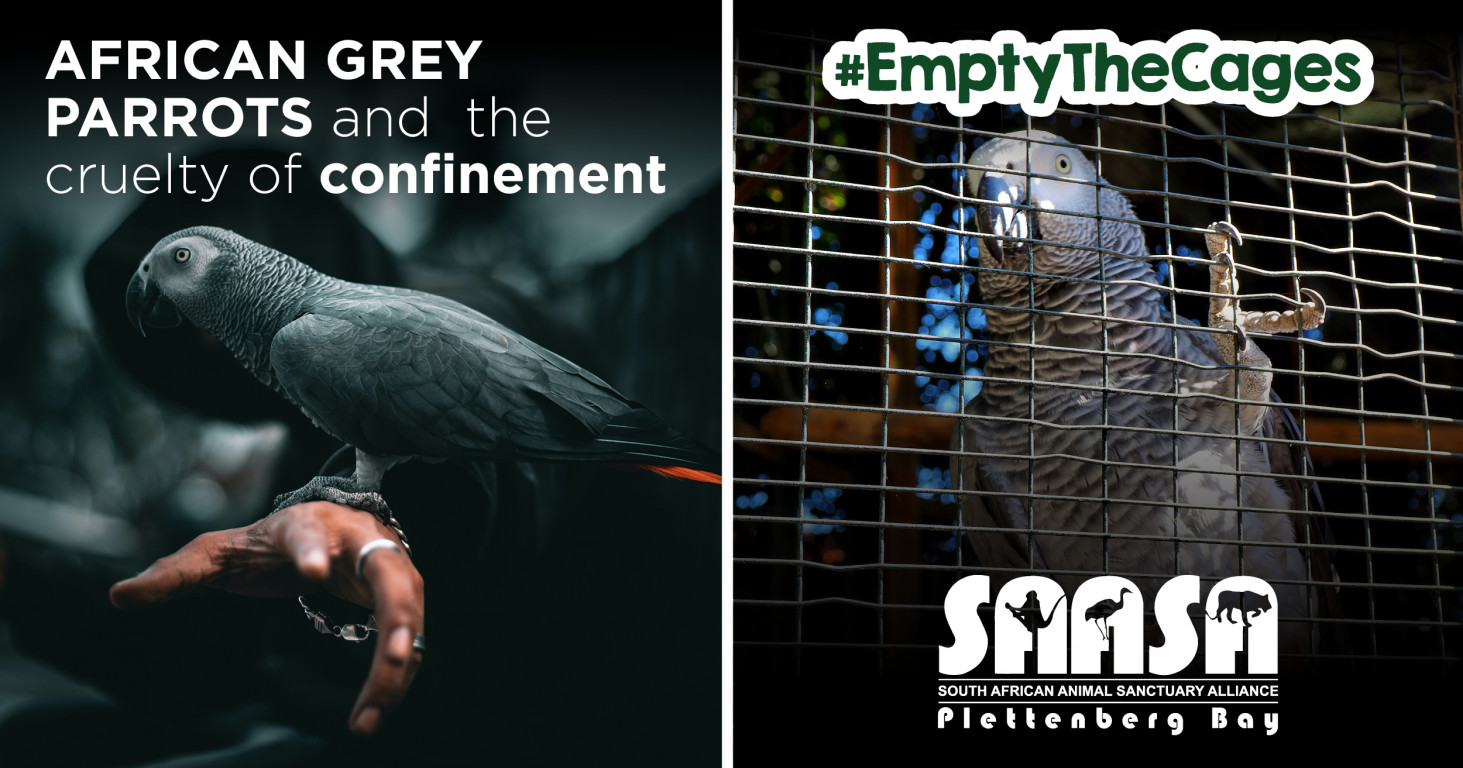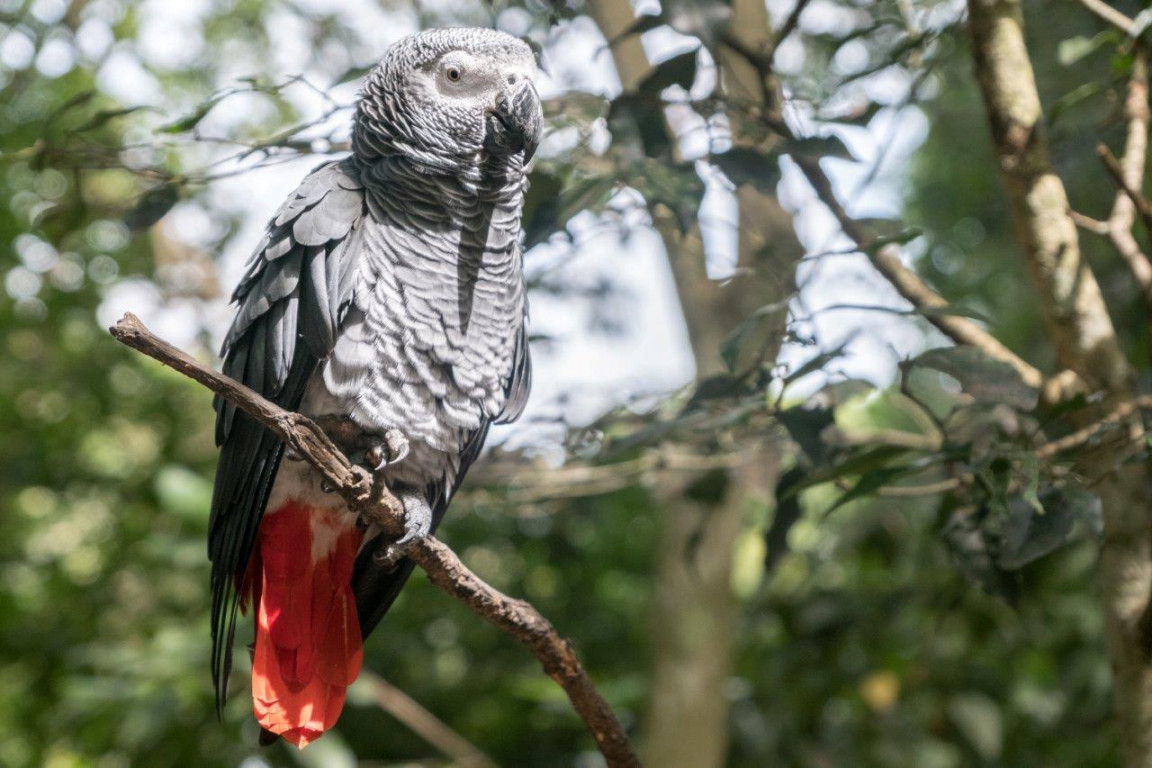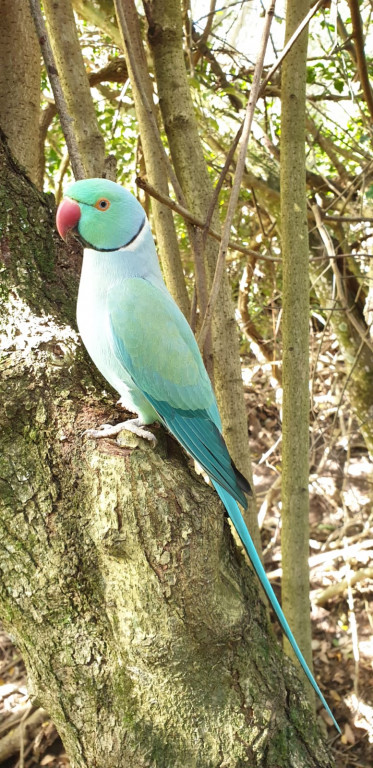HOW HUMANS ARE DAMAGING TROOP STRUCTURES: It is mostly the males that are targeted by humans which causes a skew in the male/female ratio that impacts on all that is reliant on this. One mistake we make, when understanding the way in which we contribute to the dysfunction of healthy troop structures is to assume that only the physical impact matters. To ignore the complex psychological components necessary for wild primate species that are based on social relationships, is to deny a crucial element that is integral to a healthy bio-diversity. An example is to make the mistake of assuming that our baboon populations are healthy simply because we see “lots” of individuals in a troop. The correct manner to assess the health of a baboon or monkey troop is to observe the ratio of adult males to females and then to note this in relation to the sub adults, juveniles and infants. A healthy baboon troop will have one adult male to three or four adult females. Male baboons enter sub-adulthood at about 6 years old and become adult at the age of ten, while females are sexually mature around the age of five years old. On average a male baboon will leave his troop for the first time around the age of seven years and is considered to be a sub-adult at this age as opposed to an adult male
THE SINGLE MALE THAT RAIDS YOUR PROPERTY: Residents who come across single male baboons or monkeys on their property often mistake them to be "rogue" males. There are a couple of reasons why you may find a single male baboon on your property but the most common one is that these males are young teenagers who may have left their troops to find a new one for the very first time. Males generally leave their troops to find new troops about five times in their lives. These single males are correctly termed "transient" or "dispersing" males. It can take months for these males to integrate into a new troop and during this vulnerable stage of solitude, they may well resort to relying on humans for easy food sources. This is a temporary stage. It’s important for us to be patient until these single males have integrated into new troops and once this has occurred they will follow the new group’s lead.
Pubescent primate males dispersing into new troops do not only face a temporary time of physical challenge but also one of psychological challenge; for pubescent males, these necessary lessons bring a physical and psychological strength that is not only needed for the individual but the whole troop in the future. With all the added unnatural risks these males face due to human intervention, they sometimes ironically seek protection in human areas where they have been led to believe they may find it due to humans feeding them by hand. Puberty is a time of exploration and learning for these young males who have yet to grasp the full maturity needed when adult. As sub-adults, they are also more likely to be naïve about the dangers humans present.
These young males, having left the protection and guidance of their birth group are tested for the first time in many ways. Without the protection of the group, they are exposed to predators and other difficult elements of the wilderness. Not only are they at risk from predators but their new troop is likely to be hostile until the individual has formed bonds – this can take a few months.
Sometimes these males are not accepted at all. This is especially true in areas where baboon populations have been severely damaged by human intervention, causing destruction to the fragile social system required for a healthy cohesive group.
Human areas full of abundant unnatural food sources that also have a scarcity of threatening predators are an obvious attraction for wild primates suffering undue risks. But as these primates have a strong understanding of territorial boundaries, it is the mixed messages that humans themselves give that allow these species to assume they are welcome. As the male is left without troop guidance, he may resort to the temptation of new food sources and enter onto human properties where he will at first be respectful of the territorial boundaries but once invited in, will push those boundaries and attempt to raid.
Dispersing males are alone; without grooming partners that contribute to their physical and mental health that generally keep parasite infestation at bay.
Robert Sapolsky – primatologist and neurologist - observed that during this period, the accumulated stress in transient males contributes to parasite infestation as the immune system becomes relatively weak. Once the individual joins a group, his health balances out again.
This once again illustrates how fragile a period this is for dispersing males.
BABOON BEHAVIOUR IN THE CAPE PENINSULA: In the Cape Peninsula, dispersing male baboons are unable to reach new troops as development has cut them off from doing so. Although the “bad” behavior of these baboons is highly publicized, it needs to be recognized that their behavior does not represent the behavior of baboons in other parts of Southern Africa. Their behavior is a result of being cut off by human development, being forced to compete with humans for resources and being fed by hand. Unfortunately, due to ignorance, the pucli all too often buys the sensationalist view presented by the media and not only exaggerates the negative behavior of the Cape Peninsula baboons but also gives the public the false impression that this behavior is the norm for baboons everywhere.
WHAT CAN RESIDENTS DO TO CO-EXIST HARMONIOUSLY WITH BABOONS/MONKEYS?
Residents need to practice consistency in their approach to demonstrate that it is unacceptable for wild primates to enter their properties. It also helps to have baboon/monkey proof homes and to ensure that no attractions – especially garbage – are on display. Please see our information on how to co-exist with wild primates. In special cases, alternative foraging sites can be used if done correctly (see our information on how to do this responsibly.
In time, with the resident’s patience, tolerance and understanding, the transient male will move on into his new group and if he has learnt worthwhile lessons (not to push territorial boundaries) from his human neighbors, he will carry these lessons with him. In this way residents can contribute to the future of healthy monkey and baboon troops.
WHEN MONKEYS/BABOONS ARE RAIDING YOUR PROPERTY: Vervet monkeys or Chacma baboons might visit your home regularly because you are on their foraging path. They will search for food in your garden and unfortunately, sometimes in your home. Many wild primates are being pressurized by development, and are genuinely hungry because they have lost their natural food source in a short space of time. However, some tend to forage in houses for food, because the food found there represents the same nutritional value as a whole day``s worth of foraging and offers an easier solution, especially for those faced with excessive survival challenges in the wild.
Many people cannot resist the temptation of feeding wild primates, and in spite of legislation, education and signage, humans still feed which helps when done responsibly and creates problems when done irresponsibly.
It is important for us to acknowledge that there are also people who feed them for the wrong reasons – to lure them for the capture of their babies for the pet trade or to injure or kill them.
It is for this reason that we request that if you feed monkeys or baboons to deter them from raiding your home or to help them obtain food they can no longer get in their damaged natural environment that you do so in a responsible way.
HOW TO FEED RESPONSIBLY: The photo below shows primates in a sanctuary utilising a home made seed disperser. This method could also be used to keep a single wild male baboon distracted from raiding your home if the following guidelines are used. It is however, better to use an old strong bucket or buoy rather than a road cone.
SUPPLEMENTARY FOODS FOR VERVET MONKEYS and CHACMA BABOONS: The concept of Feeding Stations is a sensitive issue as Nature Conservation authorities are pressed by certain sectors of society to reject this option because of the enormous amount of damage that has been caused to wild primates due to people feeding these animals incorrectly (by hand) until the primates learn to generalise about humans, and assume they can enter human areas and take foods from residents. Because feeding these animals has caused so much disruption between residents and wild primates, it is illegal to feed baboons/monkeys in some areas in South Africa. However, when feeding stations are established correctly it has been proved to offer a workable solution to the problem of raiding. As far as the legal aspects are concerned, feeding by hand is certainly disruptive and against the law. A feeding station similar to a bird feeder, whereby humans are not associated with the food is no different to displaying an exotic fruit tree in your garden. Residents who feed wild animals in spite of being warned not to, and in spite of the laws that discourage this practice, are encouraged to rather do it according to responsible guidelines.
WHY FEEDING STATIONS? However much we would like to believe that it is natural behaviour for wild primates to eat natural foods that grow far from human built up areas, the fact remains that we have encroached on their ancient habitats, created habitat loss and ensured a situation whereby we now are forced to co-exist with wild animals in many of the areas we have taken over.
Monkeys and Baboons are highly adaptive and adapt their behaviour to the environment they find themselves in. When a human environment has been forced on them, they simply learn to adapt to it, hence the raiding of human food they find placed along their ancient foraging paths. Our gardens are often full of exotic fruits, vegetable gardens, compost heaps and garbage dumps which not only offer a quick tasty food source but if we don’t protect these food sources and actively show wild animals they have no right to come close right from the very beginning they start to work out a relationship with us, they will assume we are inviting them to help themselves.
WHAT DOES A FEEDING STATION DO? A feeding station is established in a way that keeps the wild primates away from our homes yet offers these wild animals an alternative food source.
Feeding stations do NOT create a new unnatural food source as is often argued. They replace the unnatural food sources that residents are already providing. (exotic fruit, vegetables compost, good food, bird seeds etc.
PRIMATES AFRICA in KZN is an organisation that has done extensive research - spanning at least a decade - into the establishment of feeding stations in areas where human homes were regularly raided by vervet monkeys.
They found that when done correctly;
- Feeding stations were only utilised by the monkeys at times of the year when their natural food sources were very low and the monkeys went back to feeding in the wild when natural foods were available.
- Populations did not increase due to the supplementary feeding.
- The erection of feeding stations ensured a great decrease in raiding amongst the vervets.
DON``TS
The first golden rule is never to allow the monkeys to associate humans with food. If they do, they will think all humans are friendly and will be in serious danger from hunters and animal abusers. With time, they could expect you to give them food, and when it is not forthcoming, they can demand it from you by jumping up, or even raising eyebrows in a threatening manner. They are very unlikely to attack, but they will frighten people who are not familiar with them, thus endangering their own lives.
Never feed monkeys or baboons by hand. Monkeys are so graceful when they take food from your hand, but, unfortunately, they will also think its OK to take food from little children who are not offering them food. The child could refuse to release the food, thus resulting in a tussle between child and monkey where the monkey might nip the child to force the child to release. Monkeys are at an even greater risk from abusers if they trust people to the extent that they will take food from their hand.
DO``S
Correct quantities of food. If you are feeding monkeys and they arrive Every day at about the same time for their food or play around waiting for their food, you are making them dependant on the food you are providing. While waiting, they can annoy neighbours and could become a problem to you or your neighbours if no food is put out. In this case, we suggest that you reduce the quantity of food, gradually, until they come and check but no longer wait. You will find that the correct quantity put out for a troop, will approximate a generous bird feeder. They will appreciate your offerings, but move on to forage in the natural way.
Please ensure that the feeding site is placed away from your house and the neighbours house. If you feel that they might require more food than you are offering because their habitat is destroyed or there is a drought etc. then encourage other people in your neighbourhood to do the same. The monkeys will soon learn which gardens can be visited and which gardens to avoid and will not ``camp`` at any particular site. Quantities can be varied at different times of the year, but ensure that any variation is a gradual process
ESTABLISH SECURE FEEDING AREAS.
There are 2 types – artificial feeding sites for short term provisioning and natural feeding sites for long term
provisioning.
Artificial feeding sites. After development of an area, the natural food available to monkeys and baboons can be significantly reduced, causing regular intrusion into houses for food. This problem can be alleviated by the community, by establishing a community feeding station or stations. Feeding stations are also useful for residents living near natural bush who experience problems with monkeys during winter.
A small amount of food can be placed in, preferably, two or three secure sites, away from homes and in natural areas. The reason it is necessary to have a few sites erected for one troop is because wild primates eat according to a strict hierarchy and on feeding station will only allow those at the top to eat, causing the rest of the troop to go hungry. Try to ensure that each site is out of sight of the others so that high ranking individuals do not hog the whole lot.
These sites must be carefully chosen, as they must not be on the boundary of the territories of 2 troops (this causes inter-troop aggression which is more likely amongst the more territorial vervet than the chacma.) and must not be in areas vulnerable to hunters or people who will eat or poison their food.
The food placed at these sites should be similar to the food placed at birdfeeders in gardens. We suggest that there be at least 4 people participating in the provisioning, so as not to make the task onerous and allow for people going away on vacation or relocation. The food provided must be sustainable, economically, so ensure that the food put out is not too expensive.
Donations cannot be relied on. Suggested food: nuts, pumpkin, gem and butternut seeds for protein, brown bread, dried mielies or crushed mielies, sunflower seeds for seed starch and protein, yellow vegetables, tomatoes, sweet potatoes, fruit and peels of vegetables or fruit for vitamins, starch and sugar.
NATURAL FEEDING SITES.
It is possible to encourage monkeys away from houses by planting indigenous feeding trees and exotic fruit trees, such as paw paw``s, mangos etc. in the correct areas. This is important for the long term well-being of the monkeys. Preferably trees must be planted away from your house or neighbours`` houses and, if possible, form a continuous avenue of trees for the monkeys to move through. Any natural areas in your neighbourhood should be planted up with indigenous feeding trees. These could become nesting and feeding areas for monkeys away from houses.



